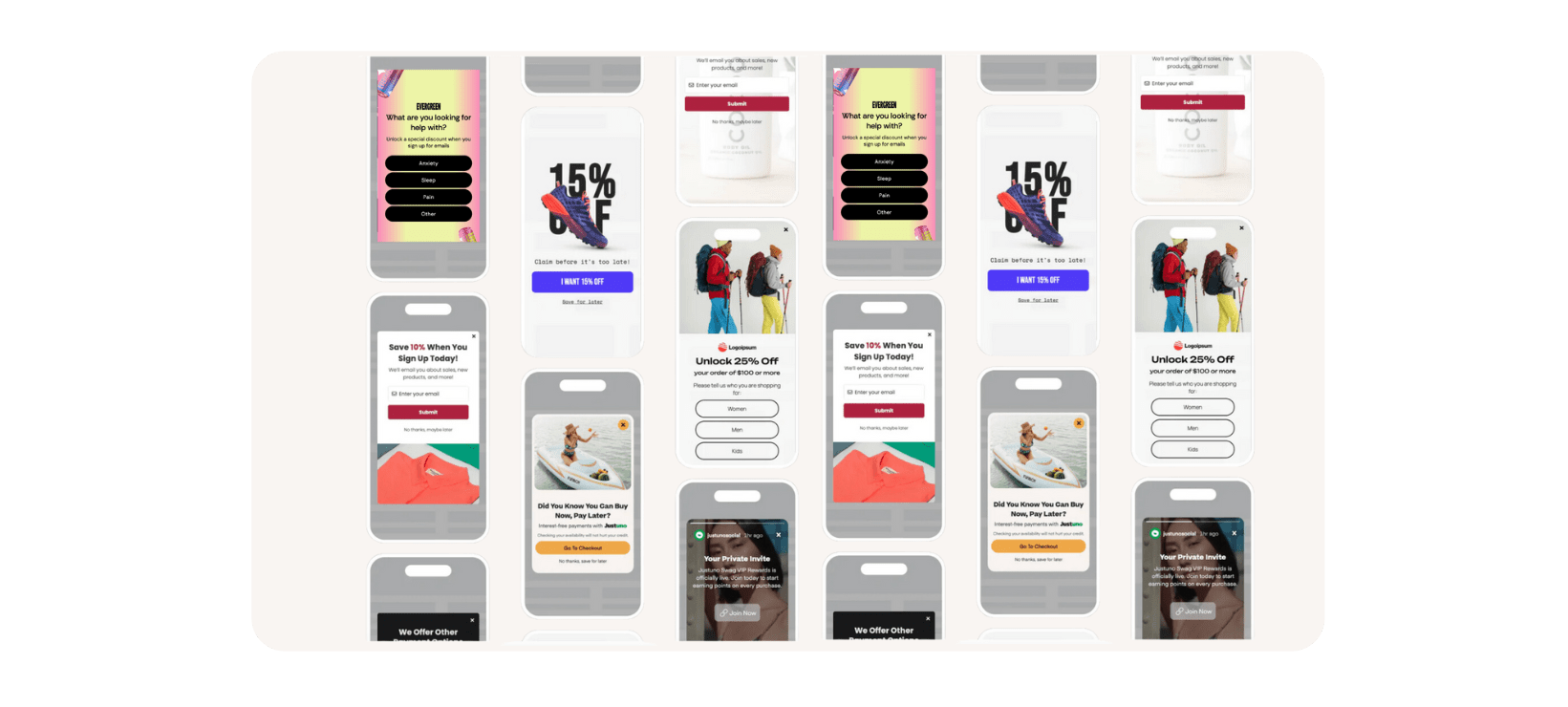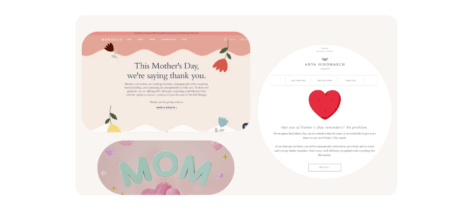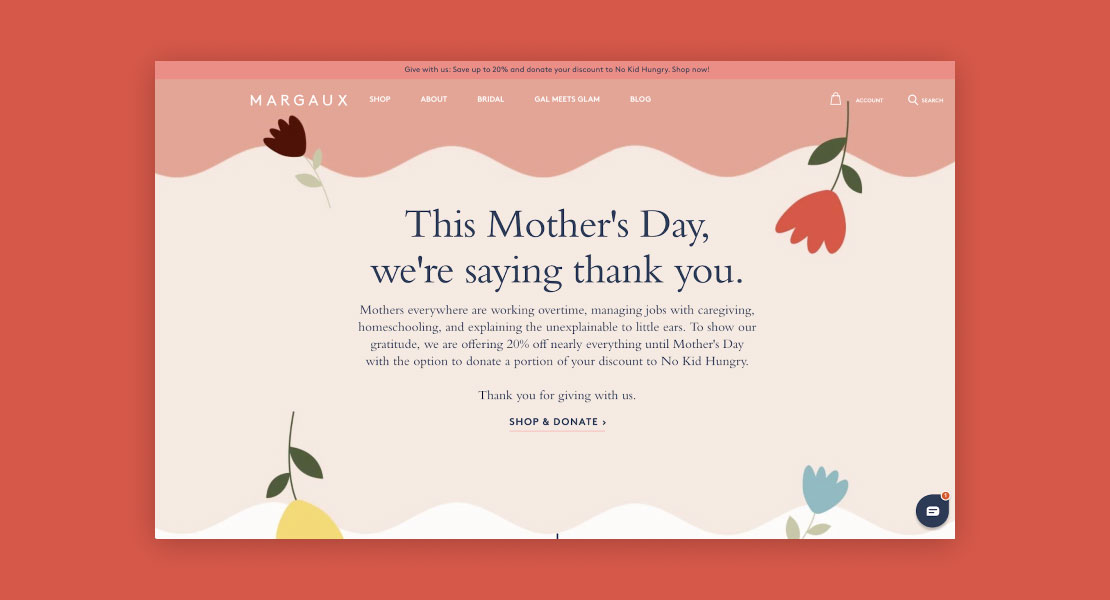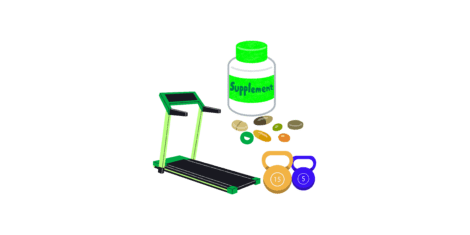Pop-ups can be frustrating, but they don’t have to be. When used well, they convert.
But what if your pop-up could do more than build your list? What if it could help close the sale weeks later without sending another email?
That’s exactly what this smart pop-up strategy does. It transforms a standard welcome form into a two-part conversion system. The first part attracts subscribers. The second nudges non-buyers toward checkout at just the right time.
Start With the Basics, Just Smarter
Let’s begin with what you already know: offer something valuable upfront, like 10% off, in exchange for an email address.
But do not stop there.
Instead of relying on a single form, create two versions tailored to how users engage on different devices.
- One for desktop
- One for mobile
Why does this matter? Because how people interact with your site and with your pop-ups varies significantly by device.
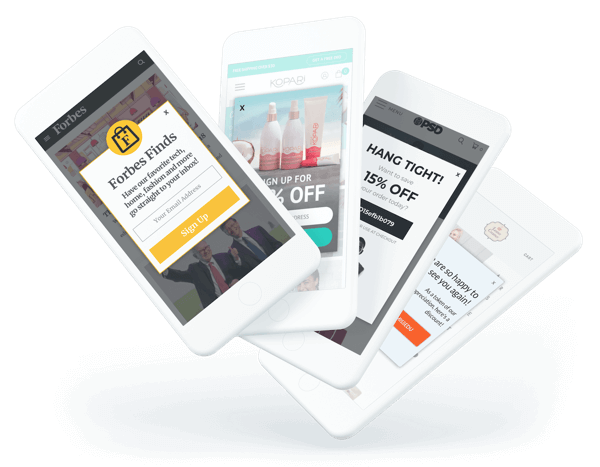
For one client, desktop converted at 4.4%, while mobile hit 6.3%. That is a meaningful gap in opt-in rates.
Separate forms give you clearer testing data and stronger performance insights.
With this setup, you can:
- Adjust timing (for example, 8-second delay vs. instant)
- Optimize layout and CTA for screen size
- Run device-specific A/B tests that make sense
Even something as small as button placement can impact results across screen types. A mobile user might dismiss a pop-up faster if the CTA is too close to the edge or feels intrusive.
Explore how form design and layout choices can directly impact conversion rates.
Add a Second Pop-Up to Boost First-Time Purchases
Let’s say someone signs up, receives the welcome discount code, and then doesn’t purchase. What if you could remind them directly on your site? This secondary pop-up fills that gap.
Who sees it?
Target a precise segment of people who:
- Subscribed to your Klaviyo newsletter list
- Have not placed an order
- Have been on your Klaviyo list for at least five days
- Have not re-subscribed in the past five days
This ensures you are only nudging warm leads, not brand-new subscribers or buyers mid-conversion.
Use dynamic pop-up segmentation to keep this list fresh in real time. You can automatically exclude people who purchase or re-subscribe, which makes the experience feel intentional and relevant.
What should it say?
Keep it simple. You are not introducing something new. You are reminding them of what they already signed up for:
“Still deciding? Your 10% discount is waiting.”
This feels helpful, not pushy. It meets the user at the right moment: while they’re browsing, not digging through their inbox.
How often should it show?
To avoid fatigue, set the form to reappear no more than once every 15 days. Also, exclude cart pages so it never distracts from a purchase in progress.
Looking to deepen your targeting and timing strategy beyond the website? This guide to automation strategies breaks down how to create behavior-based emails in Klaviyo that engage the right people at the right moment.
Why This Works So Well
Most brands treat pop-ups as a one-time tool. This strategy, by contrast, makes them part of a conversion lifecycle:
- Step 1: Capture emails with a compelling offer
- Step 2: Deliver the code via your Klaviyo welcome flow
- Step 3: Follow up on-site with a targeted reminder, only if needed
The approach works because it aligns with user intent. You’re not forcing urgency. You’re just resurfacing a benefit that the user asked for, at a time when they are clearly re-engaging with your brand.
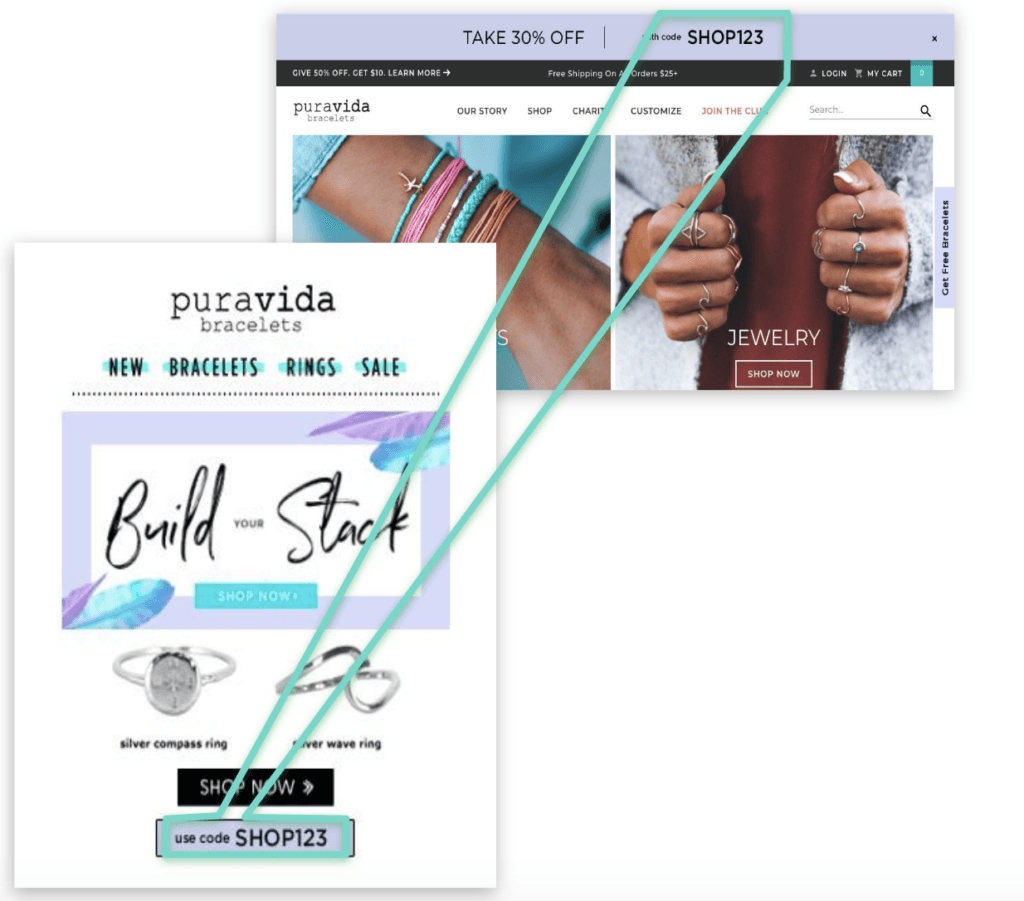
This increases the likelihood of a first purchase, often without requiring additional emails or discounts. It also reduces friction. No new offer to consider, no hunting through the inbox. Just a timely reminder that the offer still stands.
Pro Tips for Smarter Pop-Up Flows
To get the most out of this setup:
- Split-test delay times separately for mobile and desktop
- Use clear, benefit-led copy that reinforces your original offer
- Monitor segment size regularly. If it is too small or too large, adjust the timing or flow conditions
- Check your form analytics weekly. Small visual or timing changes often drive big results
- Review submission rates by URL and device. Some pages may over perform, offering clues about visitor intent and where to re-engage them most effectively
Also consider building variations for specific traffic sources. Visitors from paid campaigns may respond better to a shorter delay or bolder CTA than those from organic search or email clicks.
If your email forms are already performing well, this extra layer helps convert the visitors who just need one more reason to buy.
This strategy shows how long-term segmentation and smart automation turn sign-ups into real revenue.
Smart Forms Lead to More Sales Without More Emails
Pop-ups do not have to be annoying. When done right, they are relevant, contextual, and profitable.
This two-step lead capture strategy helps bridge the gap between sign-up and sale. It reminds visitors why they signed up in the first place and gives them a timely reason to act.
If you already have the forms, the segments, and the welcome discount in place, you are most of the way there.
With better targeting and timing, your pop-ups can turn interest into action without adding extra emails.
This blog post was provided by In-box, a marketing agency and Klaviyo Master Gold Partner.
